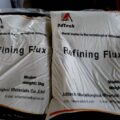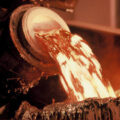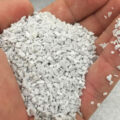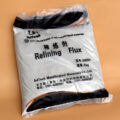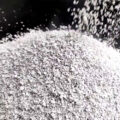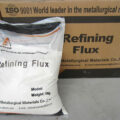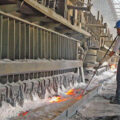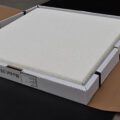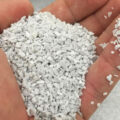Impurity removal by purifying fluxes is an important method for purifying aluminum melt. At present, there are many types of fluxes developed and used at home and abroad. In addition to the fluxes whose main purpose is to remove gas and impurities, there are also some other fluxes, such as covering agents and slag cleaning agents.
According to the purpose of purification, aluminum melt purifiers are divided into three categories: gas purifiers, impurity removal fluxes, and purification fluxes.

During the smelting process of aluminum and its alloys, there are pollutants such as oxide inclusions (Al03) and hydrogen, which affect the purity of the melt, resulting in defects such as bubbles, pores, and loose inclusions in the ingot, which directly affects the inherent properties of aluminum and aluminum alloy materials. Therefore, removing the gas and inclusions in the molten aluminum and improving the purity of the aluminum melt is an important research topic for the purification of aluminum and aluminum alloy melt, and it is also an urgent technical problem to be solved in the recycling aluminum.
Generally, the aluminum alloy melt contains 0.4~0.8 mL/100 gAl of hydrogen. After the aluminum melt is degassed, the domestic advanced level of hydrogen content is 0.15 mL/100 g Al, and the international advanced level is 0.10 mL/100 gAl. The granular flux can make the hydrogen content of the aluminum melt reach below 0.08 mL/100 g Al. In the industrial pure aluminum after impurity removal, the content of inclusions is generally above 0.1%, and the size of most of the inclusions is greater than 10um. At the international level of inclusion removal, the inclusion content in the melt is 0.02%, and the size of the inclusions is less than 7um. The fluxes for purifying aluminum melt method can effectively remove the inclusions above 7um.
Due to the development of science and technology, the field of aluminum melting and purification has made rapid progress, and its hydrogen content has dropped to about 0.10mL/100 g Al. The aluminum melt purification theory has also been developed from the bubble floatation theory to the process principle of first discharging impurities and then degassing, and then to covering protection. The process of removing hydrogen from the aluminum melt is to directly remove the atomic hydrogen through the diffusion of atoms inside the aluminum melt, and there should also be hydrogen removal and deoxygenation atoms in the aluminum melt.

